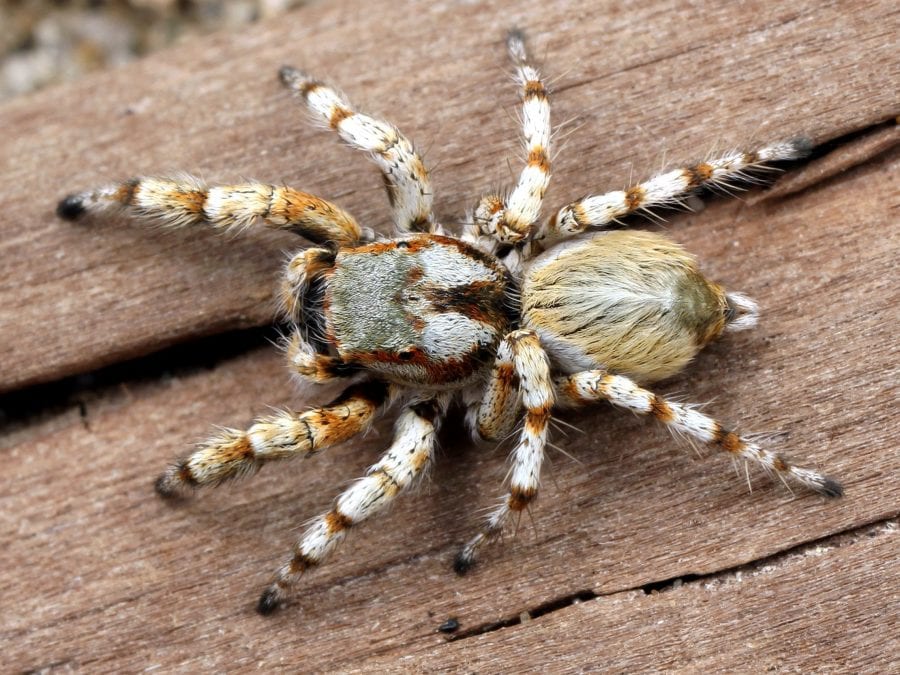Trending Now
I’m terrified of and intrigued by spiders. I know they do a lot of good for the world, getting rid of pesky bugs that would otherwise overrun our crops (and our lives), but they’re still pretty scary, and I’d rather not have them anywhere around me.
But regardless of my personal feelings, they are pretty awesome creatures. And the bigger, the awesomer…
Here is where you can see 5 of the largest spider species on the planet.
Be warned: you’re gonna see some pics of huge spiders.
1. Giant Huntsman – Laos

Photo Credit: Pixabay
This terrifying species was discovered in Laos in 2001. It’s the biggest spider in the world based on leg span. They’re extremely fast, but humans don’t really need to worry: they don’t like to bite people, and they will most likely run away if they see a person. Other huntsman species can be found in Australia and Asia.
2. Goliath Birdeater Tarantula – South America
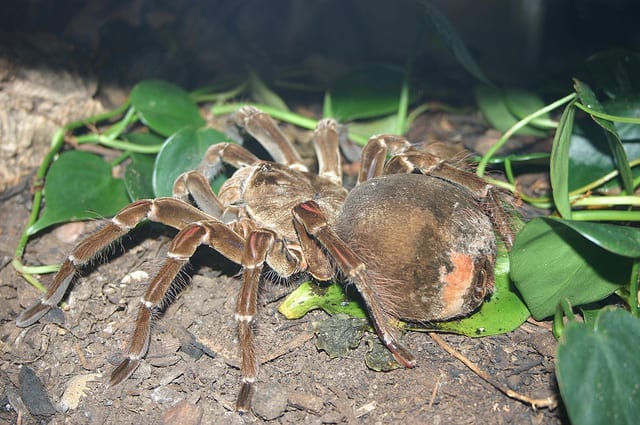
Photo Credit: Flickr, Ryan Somma
This is the largest spider in the world by mass. I mean, get a load of that thing! Apparently a scientist found one in 2014 Guyana that was as big as a (small) puppy. Despite the name, it’s debatable whether the spider actually eats birds – though it certainly could, if it came across them. One thing is for sure though, they are HUGE: Their bodies can be the size of a man’s fist and their leg span up to 30 cm. Oh, and they make hissing noises.
These spiders are found in the rainforests of northern South America.
3. Brazilian Salmon Pink Birdeater – Brazil
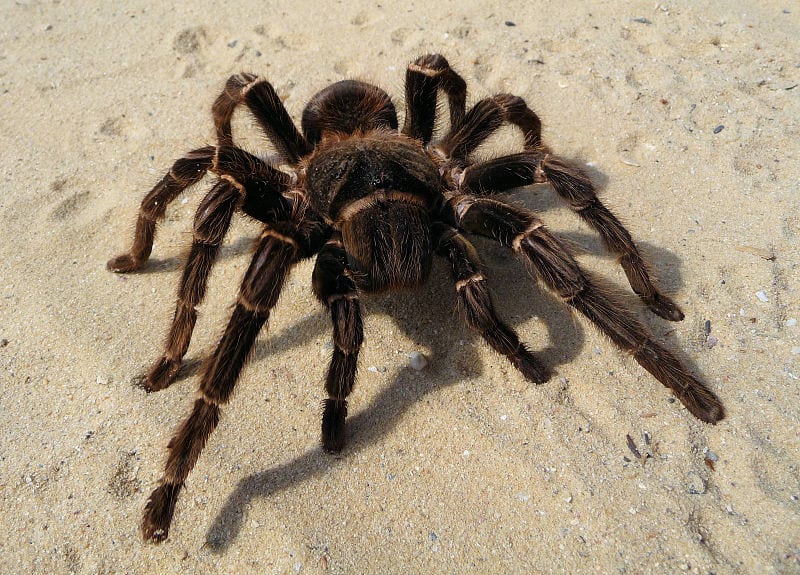
Photo Credit: Wikimedia Commons
Yikes. This spider’s legs can span up to 11 inches. It gets its name because it has pink hairs that stick out of its mouth, legs, and abdomen. These ones actually do eat small birds.
4. Sri Lankan Tarantula – Sri Lanka
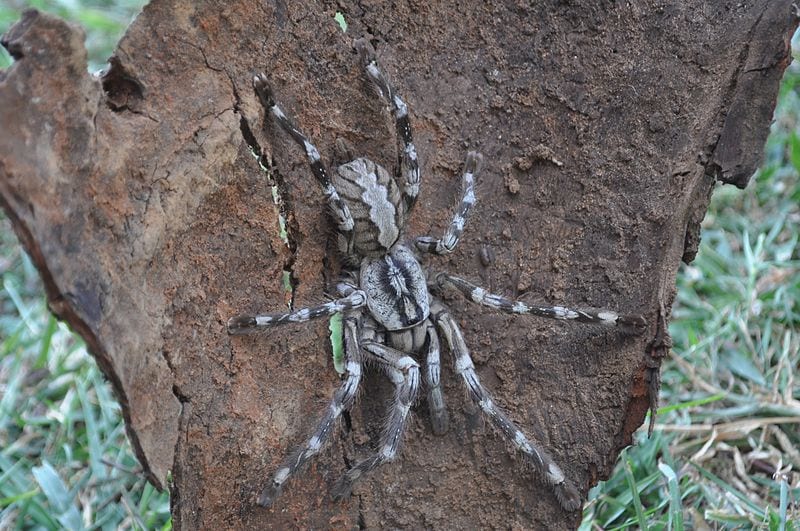
Photo Credit: Wikimedia Commons
Scientists discovered this spider, which has an 8-inch leg span, in 2013 in Sri Lanka in trees and an old hospital. It gets its scientific name, Poecilotheria rajaei, from the police officer who helped scientists navigate the jungle after it was first sighted.
5. Brazilian Wandering Spider – South and Central America
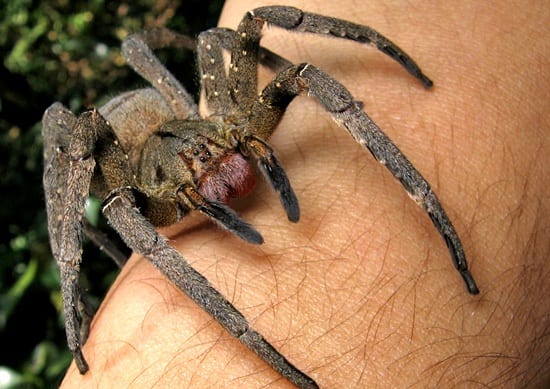
Photo Credit: Wikimedia Commons
These spiders are only half the size of the Giant Huntsman and they still have a 6-inch leg span. They’re found in Brazilian rainforests and in cities in Brazil and northern parts of South America. It gets its name from its habit of wandering the jungle floor at night. Wandering spiders, species of which can be found around the globe, are usually extremely venomous and should not be handled or even approached. I have no idea what the guy in this picture is doing.
Okay, now I’m really scared…

